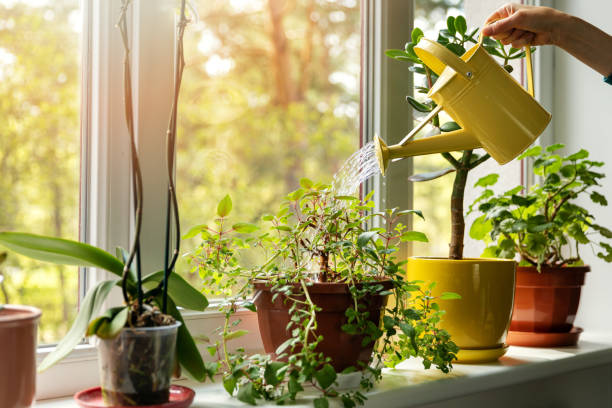
FAQ About Plant Care
Plant Care
2 years ago | gizem
How do I propagate my plants?
Plant propagation refers to the process of creating new plants from existing ones. Here are some common methods for propagating plants:
- Stem Cuttings: Select a healthy stem from the parent plant and cut it just below a node (where leaves emerge). Remove lower leaves, leaving a few at the top. Dip the cut end in rooting hormone (optional) and plant it in a well-draining potting mix. Keep the soil moist and provide indirect light until roots develop.
- Leaf Cuttings: Take a healthy leaf from the parent plant and insert the cut end into a well-draining soil mix or a container with water. Make sure to bury the cut end slightly. Keep the soil or water moist and provide indirect light. Roots will form, and eventually, a new plant will emerge.
- Division: Some plants, like certain types of clumping perennials, form natural divisions or offshoots. Carefully separate these offshoots from the parent plant, making sure each division has roots attached. Plant them in their own containers or directly in the garden, providing appropriate care until they establish themselves.
- Layering: Layering involves bending a flexible stem of the parent plant to the ground and covering a portion of it with soil, leaving the tip exposed. Over time, the covered section will develop roots. Once rooted, you can separate it from the parent plant and transplant it.
- Grafting: Grafting involves joining a stem (scion) from the desired plant onto the rootstock of another compatible plant. This method is commonly used in fruit tree propagation. It requires more advanced skills and is often done by experienced gardeners or horticulturists.
- Seed Propagation: Some plants produce seeds that can be collected and sown to grow new plants. Follow the specific instructions for seed germination, including the appropriate sowing depth, light conditions, and temperature requirements.
